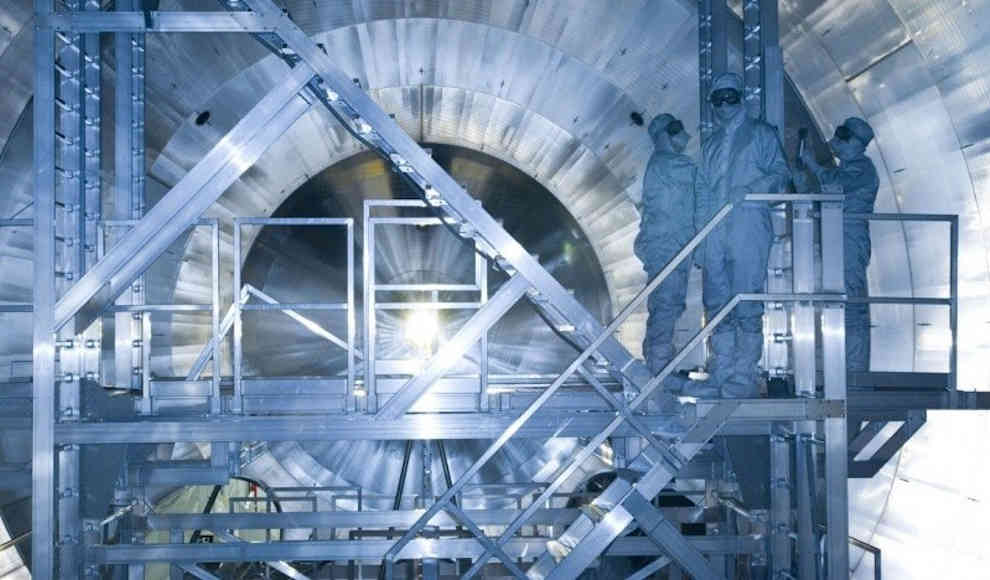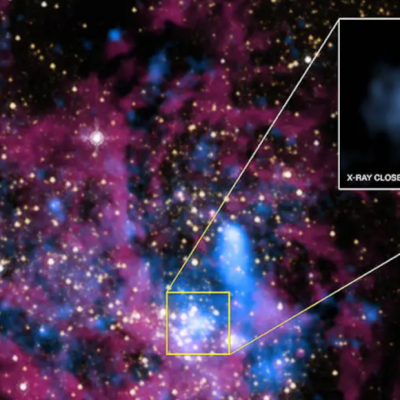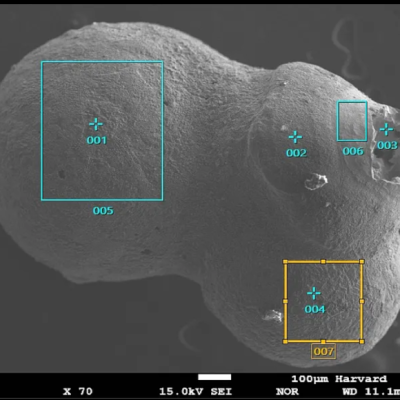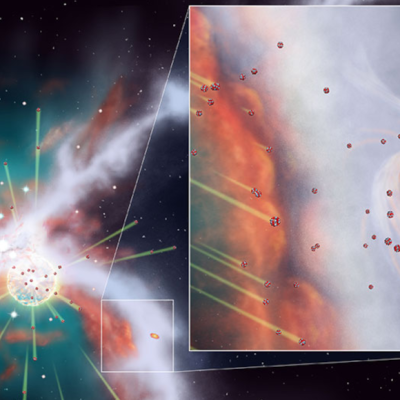Neutrinos, also known as ghost particles, are among the most common elementary particles in the universe. Due to their lack of interaction with other matter, scientists have long believed that these particles have no mass. However, recent research has shown that there are different types of neutrinos, and they do possess mass. The Karlsruhe Tritium Neutrino Experiment (KATRIN) has now confirmed that the mass of a neutrino is less than 1 electronvolt, making it at least 500,000 times lighter than an electron.
KATRIN, led by the Karlsruhe Institute of Technology (KIT) and involving the University of Washington, used radioactive tritium gas to indirectly determine the mass of a neutrino. The experiment recorded data from approximately two million electrons, allowing scientists to halve the previously estimated mass of a neutrino. This breakthrough could help answer fundamental questions in cosmology, astrophysics, and particle physics.
Guido Drexlin from KIT and Christian Weinheimer from the University of Münster, both involved in the KATRIN experiment, noted that the project has already achieved the world’s best sensitivity for neutrino mass after just a few weeks of operation. Further measurements are expected to significantly narrow down the neutrino mass, potentially shedding light on whether neutrinos could form dark matter or be responsible for physical processes not accounted for in the current standard model.
The KATRIN experiment has shown that even the smallest particles can have a significant impact on our understanding of the universe. With further research, we may be able to unlock the mysteries of the cosmos and gain a deeper understanding of the fundamental building blocks of our world.










